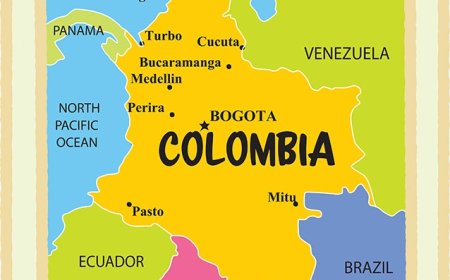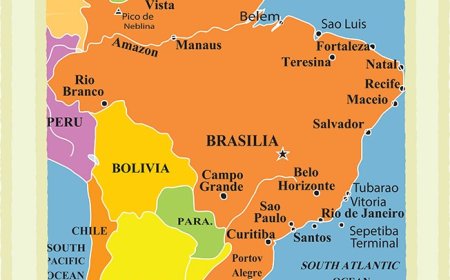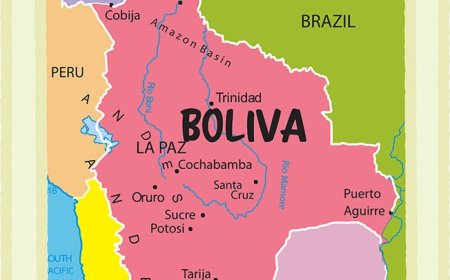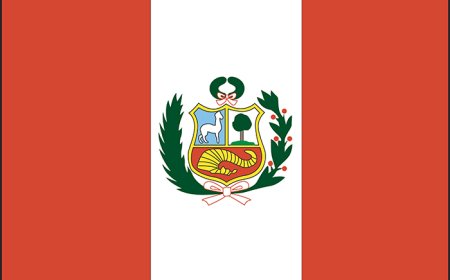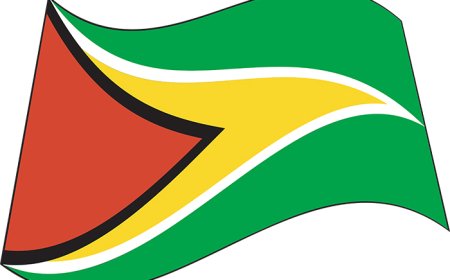Venezuela Facts for Kids: Geography, Culture & History
Learn about Venezuela’s landscapes, oil, and culture in this fun, student-friendly guide
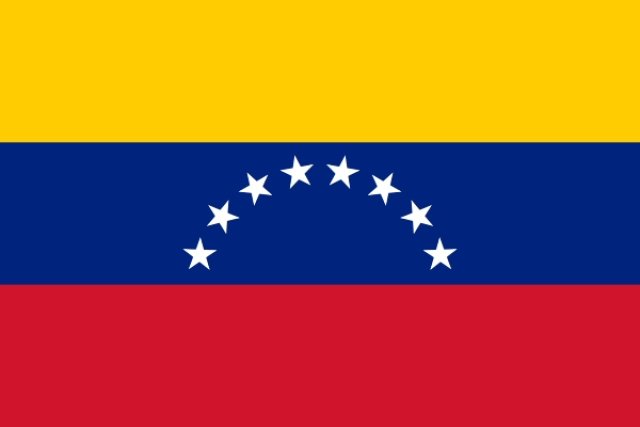
🌎 Introduction
Venezuela is located on the northern coast of South America, known for its Caribbean beaches, Andes Mountains, and the Angel Falls, the world's tallest waterfall. It's also one of the world's largest producers of oil and has a rich mix of cultures and traditions.
🗺️ Geography & Climate
Venezuela borders Colombia, Brazil, Guyana, and the Caribbean Sea. The country has four main regions:
-
Andes Mountains - Home to high peaks and cool weather
-
Llanos Plains - Vast grasslands good for cattle ranching
-
Guiana Highlands - Mountainous area with Angel Falls
-
Coastal Lowlands - Warm beaches and major cities
The climate is generally tropical, but temperatures vary by elevation.
📜 History
Indigenous peoples, including the Carib and Arawak, lived in Venezuela for thousands of years before Spanish explorers arrived in the late 1400s.
In the 1500s, Venezuela became part of the Spanish Empire. For nearly 300 years, Spain ruled the land, building cities and starting farms and cattle ranches.
Venezuela gained independence in 1821 after a long fight led by Simón Bolívar, joining the new nation of Gran Colombia with Colombia, Ecuador, and Panama. In 1830, Venezuela became an independent country.
The 1900s brought major changes with the discovery of oil, making Venezuela one of the richest countries in South America at the time. More recently, the country has faced economic and political challenges.
🏛️ Government
Venezuela is a federal republic with three branches:
-
President - Serves as head of state and government, elected for six years
-
National Assembly - Makes the laws
-
Courts - Ensure laws follow the constitution
The country is divided into 23 states, plus the capital district of Caracas.
💰 Economy & Natural Resources
Venezuela's economy is built on its oil industry, but it also produces:
-
Gold and other minerals
-
Coffee and cocoa
-
Corn and rice
-
Cattle and fish
Tourism highlights include Angel Falls, Caribbean beaches, and national parks.
👨👩👧 People & Culture
Venezuela's culture blends Indigenous, European, and African influences. People enjoy music styles like joropo (folk music with harp, cuatro, and maracas) and salsa.
Important celebrations include:
-
Carnival - Parades, dancing, and colorful costumes
-
Fiesta de San Juan - A festival honoring Saint John with drumming and singing
Popular foods include:
-
Arepas (cornmeal patties stuffed with meat, cheese, or eggs)
-
Pabellón criollo (rice, black beans, shredded beef, and plantains)
-
Hallacas (corn dough with meat and vegetables, wrapped in banana leaves)
🗣️ Languages & Religions
-
Official Language: Spanish
-
Indigenous languages like Wayuu and Pemon are also spoken
Religion:
-
Mostly Roman Catholic, with Protestant and other Christian communities
🎓 Education & Traditions
School is free and required for children from ages 6 to 15. Many students in rural areas attend smaller schools, while big cities have universities.
Soccer and baseball are the most popular sports, with Venezuela producing many Major League Baseball players.
🐾 Animals & Environment
Venezuela's diverse habitats support many species:
-
Orinoco crocodiles
-
Scarlet ibises
-
Capybaras
-
Pink river dolphins
-
Jaguars
Angel Falls in Canaima National Park drops more than 3,200 feet, making it the highest waterfall in the world.
🏙️ Major Cities & Landmarks
-
Caracas - The capital and largest city
-
Maracaibo - An oil industry center near Lake Maracaibo
-
Ciudad Bolívar - Gateway to Canaima National Park
Famous landmarks:
-
Angel Falls
-
Mochima National Park
-
Los Roques Archipelago
🎉 Fun Facts About Venezuela
-
Angel Falls is almost 20 times taller than Niagara Falls
-
Venezuela is one of the top 10 most biodiverse countries in the world
-
Baseball is more popular than soccer in many areas
-
Lake Maracaibo is one of the oldest lakes in the world and known for frequent lightning storms
-
The name "Venezuela" means "Little Venice," named by explorers who saw stilt houses along the coast
🧒 Kid-Friendly Summary
Venezuela is a country of mountains, plains, rainforests, and beaches. It's home to the tallest waterfall on Earth, delicious arepas, and lively music and festivals. While it has faced challenges, its people and nature remain full of life.
📚 Vocabulary Words
| Word | Definition |
|---|---|
| Tropical | A warm climate near the equator |
| Federal Republic | A country made up of states with a shared national government |
| Biodiversity | The variety of plants and animals in an area |
| Indigenous | The first people living in an area before others came |
| Joropo | A Venezuelan folk music and dance style |
| Archipelago | A group of islands |
| Industry | Businesses that make products or provide services |
| Independence | Freedom from rule by another country |
| Carnival | A festival with parades, music, and costumes |
| Habitat | The natural home of a plant or animal |
🧠 Interactive Quiz: Test Your Venezuela Knowledge!
1. What is the capital of Venezuela?
A. Maracaibo
B. Caracas
C. Ciudad Bolívar
D. Valencia
2. What is Venezuela’s most famous natural landmark?
A. Machu Picchu
B. Angel Falls
C. Iguazu Falls
D. Lake Titicaca
3. Which food is a cornmeal patty stuffed with fillings?
A. Arepa
B. Taco
C. Empanada
D. Tamale
4. What sport is especially popular in Venezuela?
A. Basketball
B. Baseball
C. Tennis
D. Rugby
5. What does “Venezuela” mean?
A. Land of waterfalls
B. Little Venice
C. Mountain country
D. River of gold
6. Which animal is found in Venezuela’s rivers?
A. Pink river dolphin
B. Kangaroo
C. Polar bear
D. Komodo dragon


















































